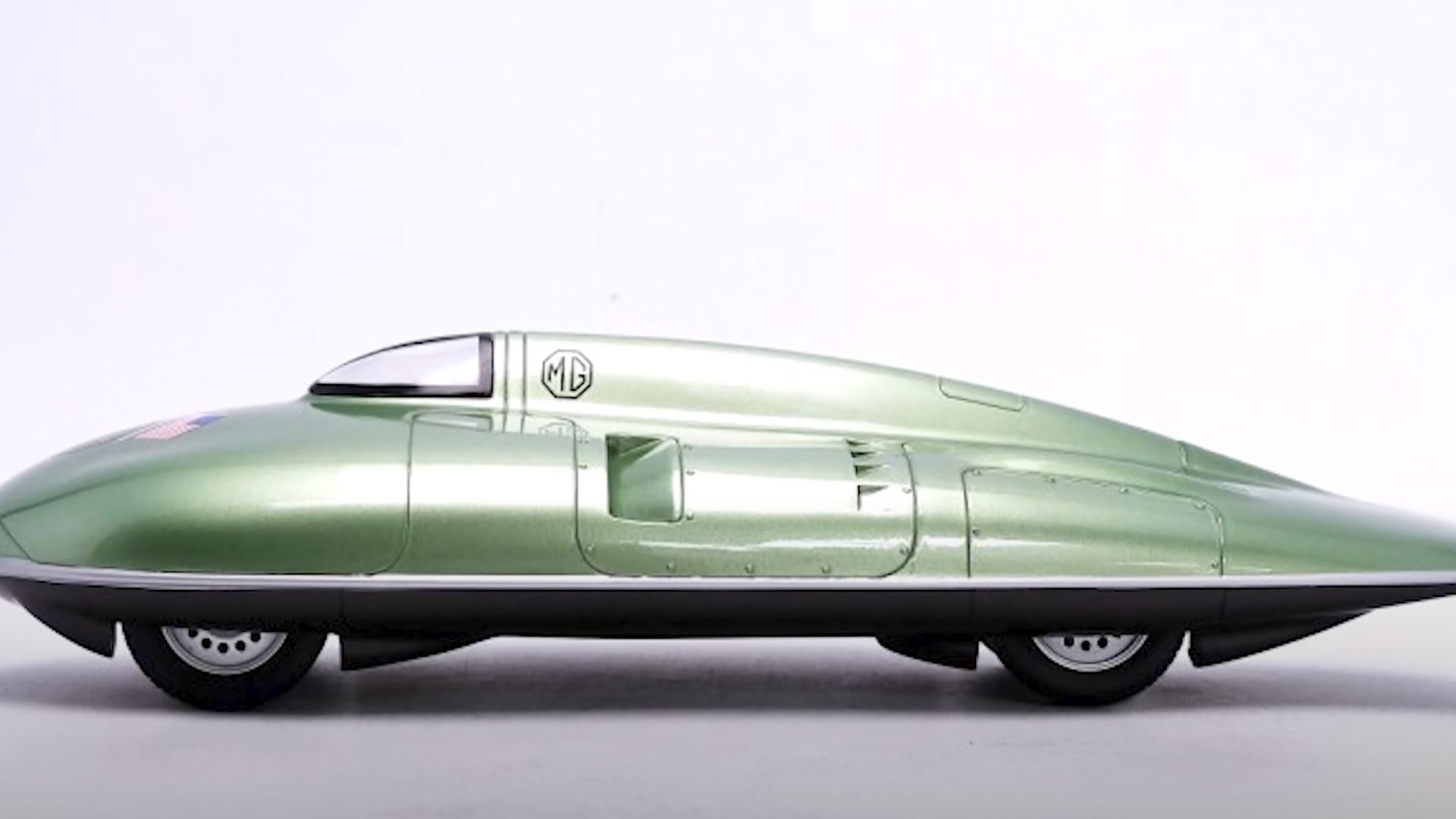In 1959, the MG EX181, a remarkable feat of engineering, achieved a jaw-dropping top speed of 409 km/h (254 mph) with just 300 horsepower under the hood—a testament to the power of aerodynamics over brute force. While modern supercars like the Bugatti Veyron needed 1001 horsepower from an 8.0-liter W16 engine and four turbochargers to cross the 400 km/h mark, the MG EX181 reached similar speeds with a fraction of that power.
The secret to the EX181’s success lies in its innovative aerodynamic design, which created an incredibly low drag coefficient of just 0.12. To put this into perspective, today’s highly aerodynamic Mercedes EQS sedan has a drag coefficient of 0.20, while Japanese test cars from Daihatsu with a drag coefficient of 0.17 achieve impressive fuel efficiency of 72 km per liter. By crafting a car with such low air resistance, MG engineers unlocked the ability to reach extraordinary speeds with relatively low power.
Powered by a heavily modified 1.5-liter engine, the EX181’s original 69 horsepower was boosted up to 304 horsepower. Despite being on par with the horsepower of today’s Volkswagen Golf R, the MG EX181’s aerodynamic efficiency allowed it to achieve incredible speeds with minimal power. Former Formula 1 champion Phil Hill, who drove the MG EX181 to its record speed in 1959, once remarked that lifting his foot off the gas didn’t slow the car as much as expected; its design allowed it to essentially “glide” through the air.
The MG EX181 is a fascinating example of how engineering prowess and intelligent design can overcome limitations in horsepower. Though it may not have the massive engines of today’s hypercars, it demonstrated that with the right aerodynamics, even a small but powerful engine could reach record-breaking speeds.
